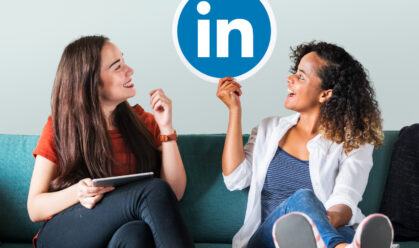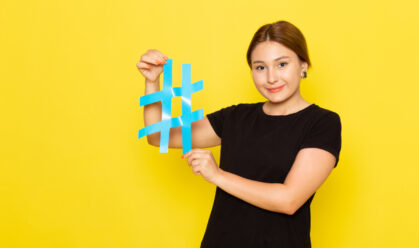A year-and-a-half ago, no one had ever heard the phrase “non-fungible token.”
It’s fair to say things have changed somewhat since then.
According to a Security.org survey, familiarity with NFTs has skyrocketed in recent months. In 2021, two-thirds of Americans were unfamiliar with them, whereas only 7% don’t know what they are today.
And while most US citizens aren’t currently ready to buy one, about one in 14 non-owners — equivalent to more than 16 million people — say they’d be likely to purchase in the next year.
So it’s hardly surprising that marketers are waking up to the possibilities of NFTs.
Here are ten brands demonstrating the potential of non-fungible tokens for building awareness, promoting campaigns, and driving sales.
1. Coca-Cola: Align NFTs With Your Wider Marketing
Any time a shiny new toy comes along, marketers often feel they should use it in their campaigns.
Sure, new products are exciting. But it’s important to decide first whether it’s the right fit for your audience.
The adoption of NFTs as a marketing tool is already pretty high. According to Hubspot research, 14% of media planners have started using non-fungible tokens in their campaigns, while a further 16% plan to do so for the first time in 2022.
If you’re going to add NFTs to your marketing mix, do it in a way that aligns with your current activity. Otherwise, you run the risk of it coming across as inauthentic.
Coca-Cola got this right. The soft drinks behemoth launched its first NFT venture in July 2021, selling a batch of collectibles in an online auction for $575,883.61.
The strategy worked because it tied in with the brand’s long-standing portrayal of Coke as a symbol of friendship.
The auction took place on International Friendship Day. At the same time, Coca-Cola revealed the winning bidder also picked up a retro SMEG refrigerator “stocked with ice-cold Coca-Cola to share with friends.”
2. Norwegian Cruise Line: Align with Social Good
Let’s be honest: NFTs aren’t universally popular.
Many organizations — including conservation charity WWF and video game company EA — have faced backlash from fans and supporters for launching (or even just planning) NFT initiatives.
Consumers want to see that your NFT campaign ties into something bigger. If it aligns with your mission and vision, you’re far more likely to see success.
On the other hand, if it’s nothing more than a money-making venture, it could turn off your audience.
Norwegian Cruise Line unveiled its first NFT sale to promote the launch of its new class of vessels, the Norwegian Prima Class.
Notably, it donated all proceeds to the non-profit organization Teach For America.
That way, it could capitalize on the buzz around NFTs while supporting a good cause.
3. Budweiser: Make NFTs Easy to Buy
Sure, most consumers are familiar with the concept of non-fungible tokens.
But only about 4% of US adults have ever actually owned one, according to Security.org.
What’s more, research from PYMNTS found that less than one-quarter of consumers currently hold, or have ever held, cryptocurrency.
This illustrates a key point: most people haven’t bought a non-fungible token or any other crypto asset.
So if you’re going to enter the NFT game, it’s in your best interests to make life as simple as possible for your audience — especially if they’re not highly tech-savvy early adopters.
Budweiser did this with its own NFT launch, which featured 1,936 unique digital cans — a reference to 1936, the year the first Budweiser can was created.
For ease of access, it created a vanity URL — Budweiser.com/nft — for customers to purchase tokens with Ethereum, Bitcoin, or credit cards.
4. Adidas: Add Real-World Experiences
For many brands and consumers, the value of NFTs doesn’t come from the token itself but the sense of community built around it.
It creates a shared experience and exclusivity that draws people in.
But it can be challenging to do that through NFTs alone.
For that reason, Adidas chose to combine its first NFT launch with a physical product line incorporating a tracksuit, a hoodie with a blockchain address, and an orange beanie.
So if you love Adidas but don’t find non-fungible tokens appealing, you still have a tangible reason to buy one.
This approach works particularly well in the streetwear niche, where customers are already used to hunting down exclusive (and expensive) merch drops.
5. Clinique: Support Your Brand Values
Now more than ever, it’s vital for brands to showcase what they stand for rather than simply selling a product.
Research from 5WPR found that 83% of Millennials believe it’s essential for the companies they buy from to share their beliefs and values. A study from PwC revealed that Millennial and Gen Z-aged customers are significantly more likely to consider environmental, social, and governance issues when deciding whether to trust companies.
No doubt Clinique is well aware of this. The makeup brand used its first foray into NFTs — featuring makeup looks created for a diverse group of non-fungible people — as an opportunity to champion diversity, using the tagline “Metaverse More Like Us.”
Clinique’s press release cited research that claims NFTs with avatars of color and disability have lower values than white avatars. This approach gives the NFT campaign real meaning.
6. Mid-Day Squares: Celebrate Viral Moments
Pretty much every marketer dreams of launching a viral campaign. Something that crosses over from your particular corner of the internet and into the wider world.
Chocolate brand Mid-Day Squares achieved that — partly by accident, partly by design — when it got sued by Hershey’s for using the color orange in its packaging.
Rather than ceasing and desisting, it released a diss track designed to “[let] people know who we are unapologetically,” the company explained in a statement.
That diss track, in turn, morphed into Mid-Day Squares’ first NFT project that converted the accompanying music video into 500 original artworks.
As a creative brand, the NFT launch felt like a natural, authentic extension of what Mid-Day Squares was already doing.
It also ensured people would keep discussing that viral moment for longer, which is excellent news from a brand awareness perspective.
7. Liquid Death: Spell Out the Benefits
Without laboring the point, non-fungible tokens are still new to most people.
Even if your audience is full of early adopters, most are yet to invest in their first NFT.
So it makes sense to clearly explain the benefits of NFTs before minting your first token.
That’s what canned water brand Liquid Death did before launching its first NFT project, Murder Head Death Club.
The company built a website that spells out precisely what’s in it for owners, including access to:
- A private Discord community
- Concert tickets, festivals, and private parties
- New product drops, exclusive merch, ultra-rare art, and retail deals
8. NFL & Ticketmaster: Be Authentic
Let’s be clear: NFTs can be valuable in your marketing toolkit.
But they might not be a good fit for you if they feel a million miles removed from your audience, tone of voice, and values.
We’ve already discussed the benefits of aligning NFTs with your broader marketing.
One alternative is simply to make them a component of your standard product offering, like when the NFL and Ticketmaster teamed up to offer commemorative NFT tickets for Super Bowl LVI.
The initiative allowed each fan who attended the event to access a complimentary, customized token based on their section, row, and seat.
9. McDonald’s: Use NFTs to Boost Engagement
Launching an NFT isn’t an end in itself, and it needs to contribute to your broader marketing objectives — driving sales, generating leads, or building awareness.
That’s what McDonald’s did with its NFT launch.
The campaign really couldn’t have been more straightforward. Rather than auctioning off NFTs to the highest bidders, McDonald’s offered them up as a competition prize — and all you had to do to enter was retweet the official announcement.
It’s fair to say the initiative worked pretty well, generating more than 85,000 retweets:
i present to u the most important NFT. RT for a chance to win one of ten exclusive #McRibNFT
no purch. nec. 50 U.S./DC, 18+ only. winners need crypto wallet to receive NFT. rules: https://t.co/2QRhsPlpur pic.twitter.com/KYmWI67PhG
— McDonald’s (@McDonalds) November 1, 2021
10. Original Penguin: Leverage Influencer Marketing
If you’re a huge brand, the fact that you’re launching an NFT might be all it takes to get people talking.
Anyone smaller will likely have to work a little harder. Because if an NFT is minted in the forest, but no one is around, did it even happen?
Of course, there are many potential avenues to promote your non-fungible token, from TikTok ads to content marketing.
Fashion brand Original Penguin went in a different direction by partnering with influencers to raise awareness of its first NFT initiative, featuring eight unique and colorful penguin avatars displayed in a Miami Beach-style setting.
To ensure the partnership felt organic and authentic, Original Penguin didn’t just ask those influencers to post about the launch — it hired them to design five of the tokens.
Are you looking for advice on cutting-edge marketing strategies? Sign up for our next social media strategy conference!

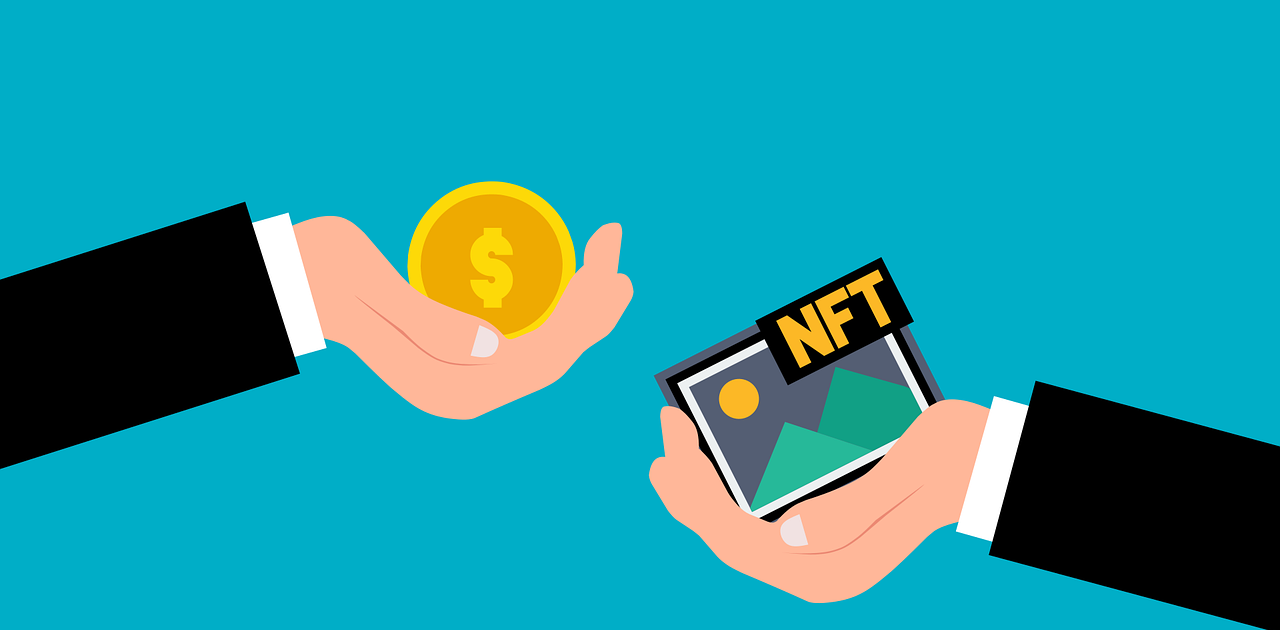
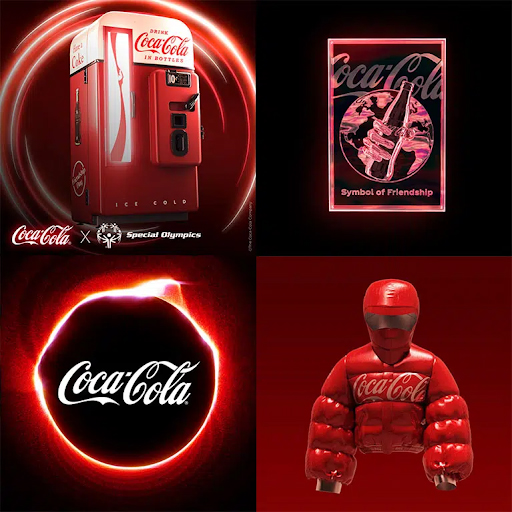 Image source
Image source Image source
Image source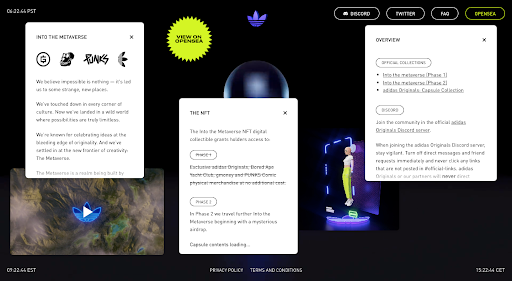 Image source
Image source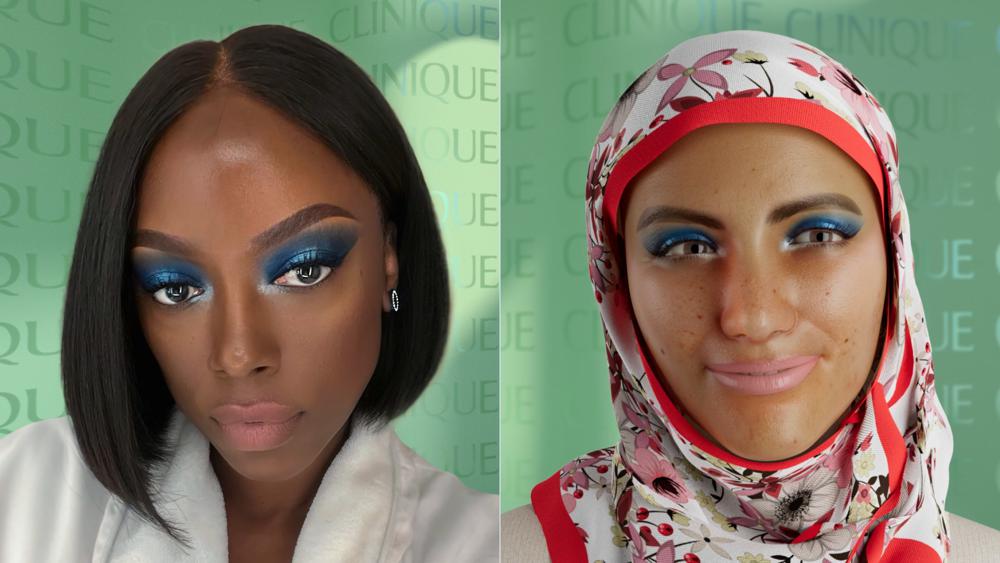 Image source
Image source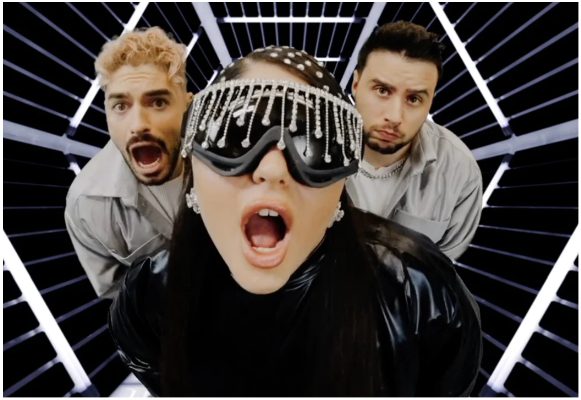 Image source
Image source Image source
Image source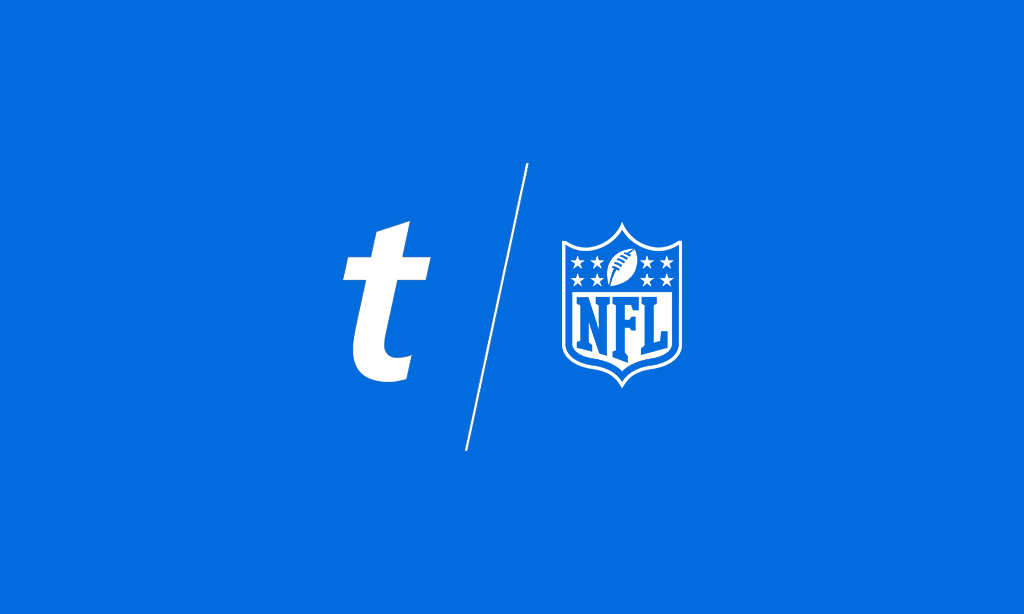 Image source
Image source


